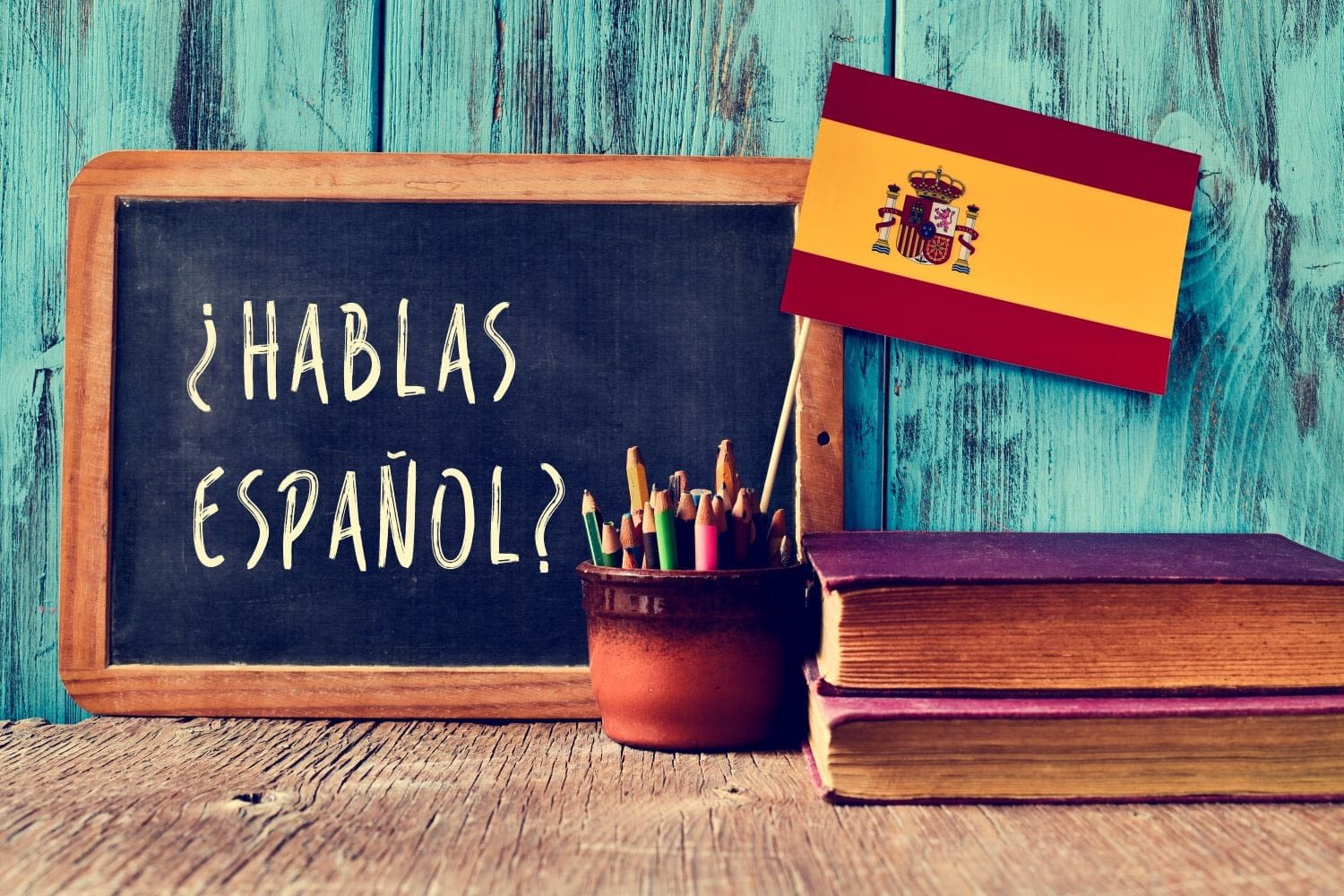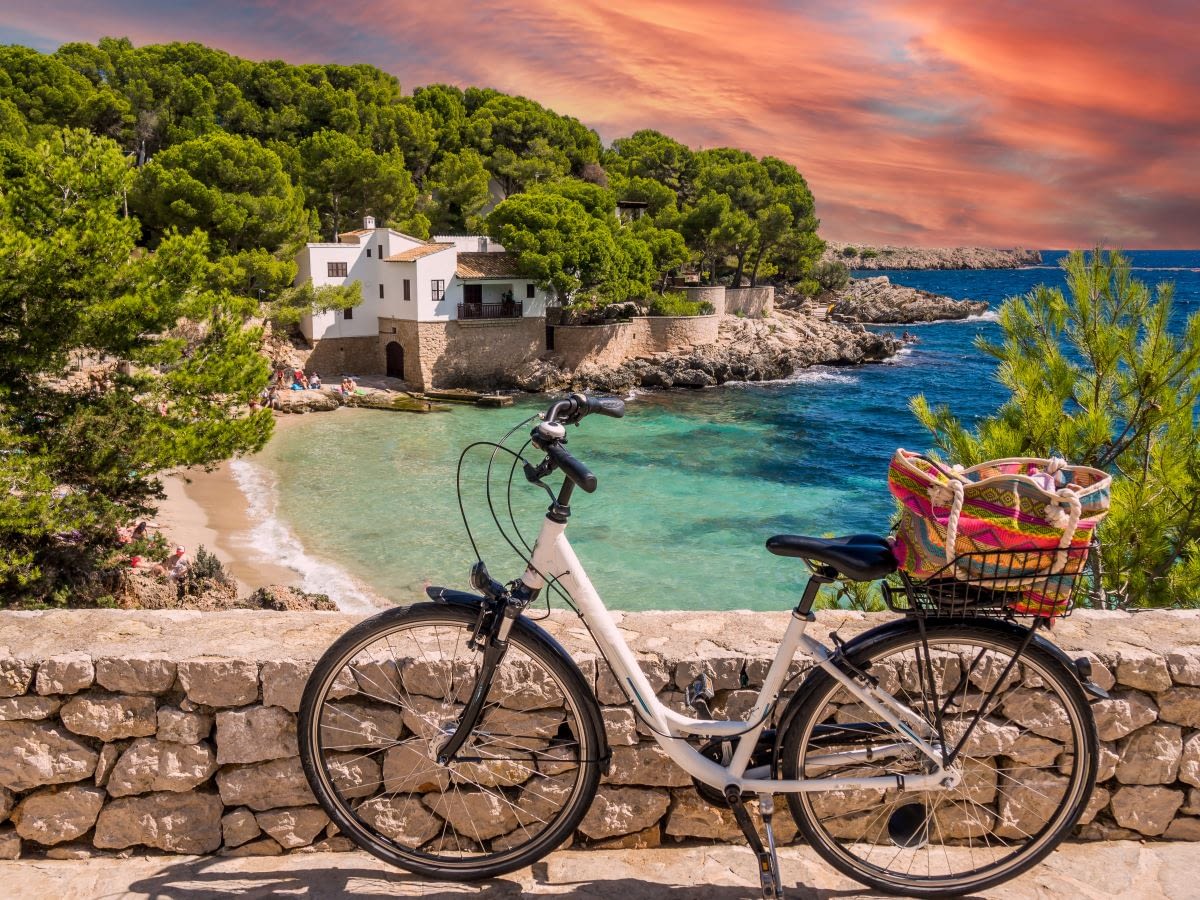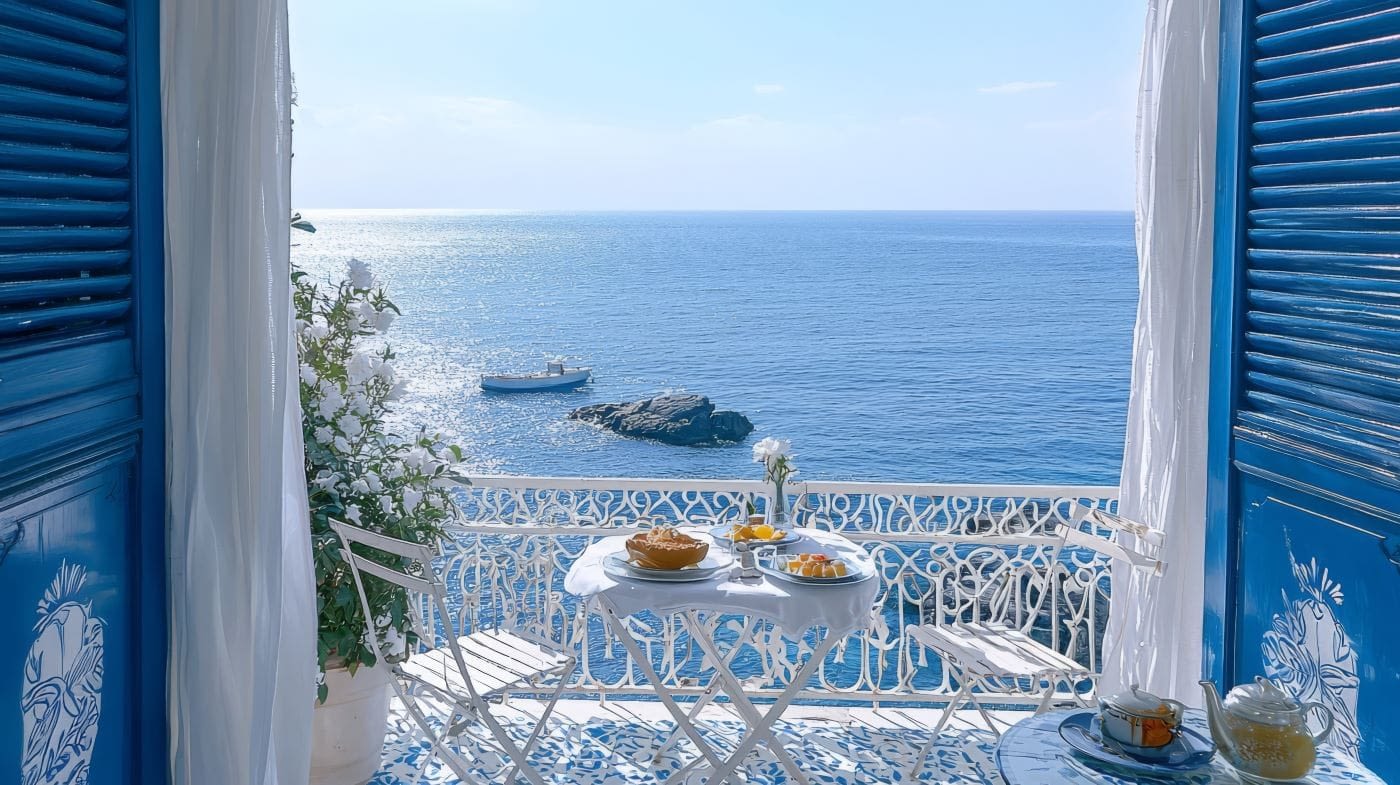How Is Christmas In Spain Different to England?
Christmas in Spain differs significantly from Christmas in England, more so than I ever realised until I moved to Spain. Blending deep-rooted traditions, religious significance, and unique celebrations that make it a special time of year to be in Spain. Here are some of the key differences:
Festive Season Length and Focus
- Spain: The Christmas season in Spain starts on December 8th with the Feast of the Immaculate Conception, this is also a public holiday. It extends until January 6th and the big celebration of “Three Kings’ Day” (Día de los Reyes Magos). The Three Kings’ Day is the main event for many Spanish families, as this is when gifts are traditionally exchanged.
- England: In England, the festive season typically kicks off with Advent or around early December and ends on January 1st with New Year’s Day celebrations. Christmas Day, December 25th, is the main day for gift-giving and family gatherings.
The Gift-Giving Day
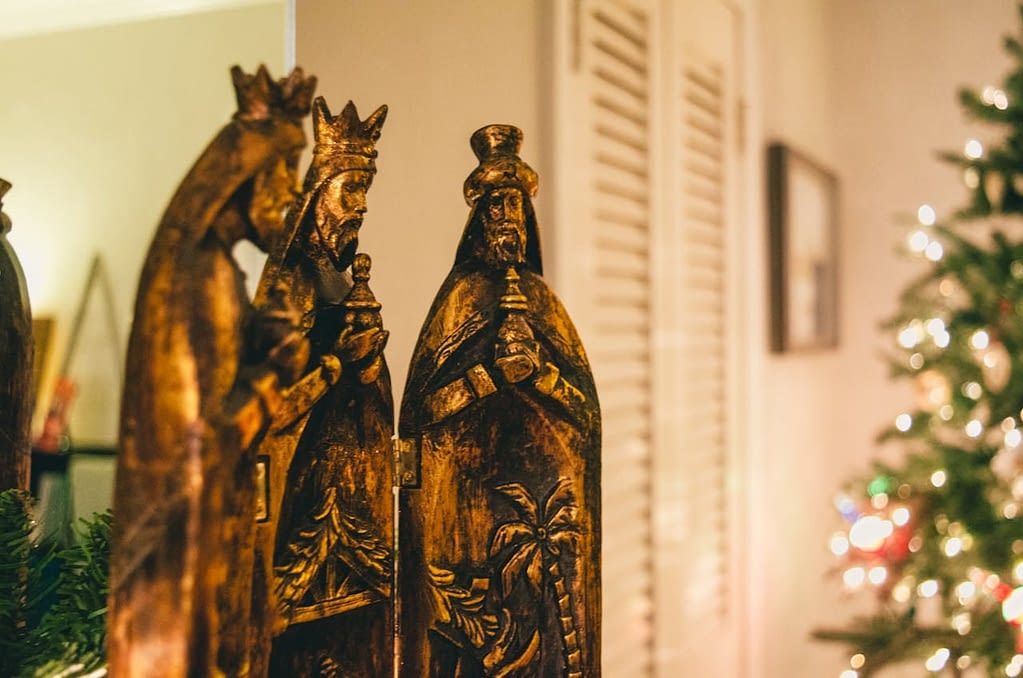
- Spain: Gifts are traditionally given on January 6th, when the Three Kings (Los Reyes Magos) bring presents, symbolizing the gifts given to Jesus by the Magi. Although Santa Claus (Papa Noel) has become more popular in recent years, especially in larger cities, the Three Kings still dominate the tradition, especially for children.
- England: On Christmas Day, December 25th, gifts are exchanged in England, delivered by Father Christmas or Santa Claus, a central figure in the festive season.
Christmas Food and Festive Feasts
- Spain: Spanish Christmas meals often feature seafood, lamb, and traditional sweets like turrón (nougat), polvorones (crumbly almond cookies), and Roscón de Reyes, a sweet bread eaten on January 6th. The Christmas Eve dinner (Nochebuena) is the most important meal over the festive period, with families gathering for a late-night feast.
- England: In England, Christmas dinner is typically served on December 25th and includes roast turkey, stuffing, roast potatoes, vegetables, pigs in blankets, and Christmas pudding for dessert.
Religious Processions and Celebrations
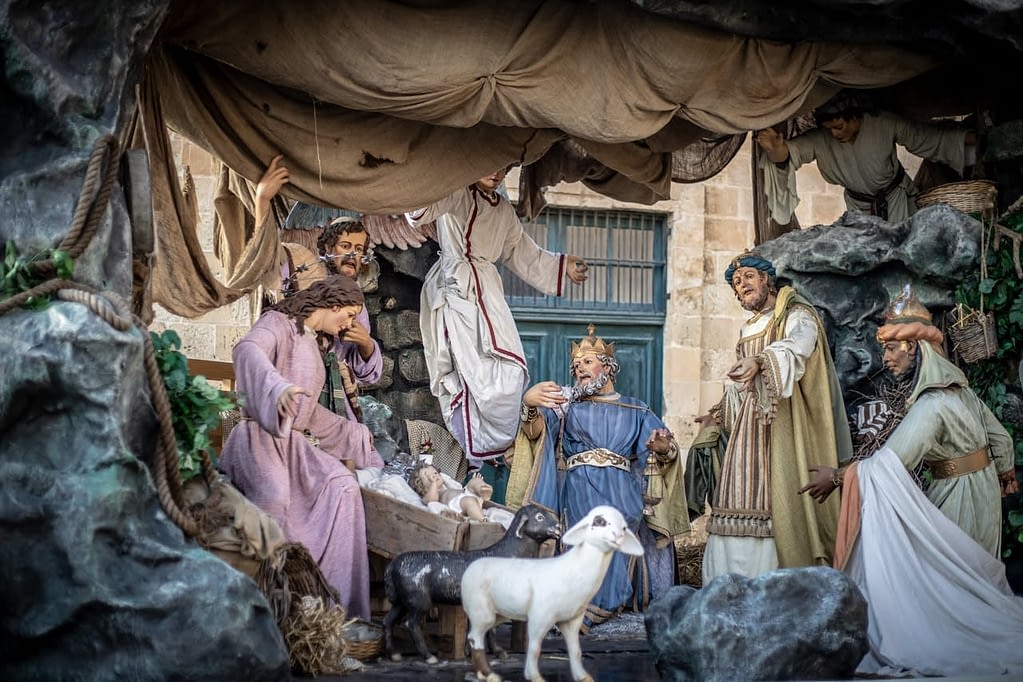
- Spain: Spain’s Christmas season is filled with religious processions, nativity scenes (Belenes), and Midnight Mass (Misa del Gallo) on Christmas Eve. Many towns also host live nativity performances and special events to celebrate the Epiphany.
- England: While England has Midnight Mass and carol services, the emphasis is less on religious processions and more on family gatherings, festive lights, and Christmas markets.
Festive Entertainment and Traditions
- Spain: On December 22nd, Spain holds the famous Christmas Lottery, “El Gordo” (The Fat One). A national event that captures the country’s attention. Many families also have a Caga Tió (a Catalan tradition). Where a wooden log with a painted face is “fed” throughout December and then “pooped” presents on Christmas Eve or Christmas Day.
- England: Christmas entertainment in England includes decorating the Christmas tree, watching the Queen’s (or now the King’s) Speech on Christmas Day, and enjoying Christmas pantomimes, a uniquely British tradition of comedic, often fairytale-based stage plays.
Decorations and Lights
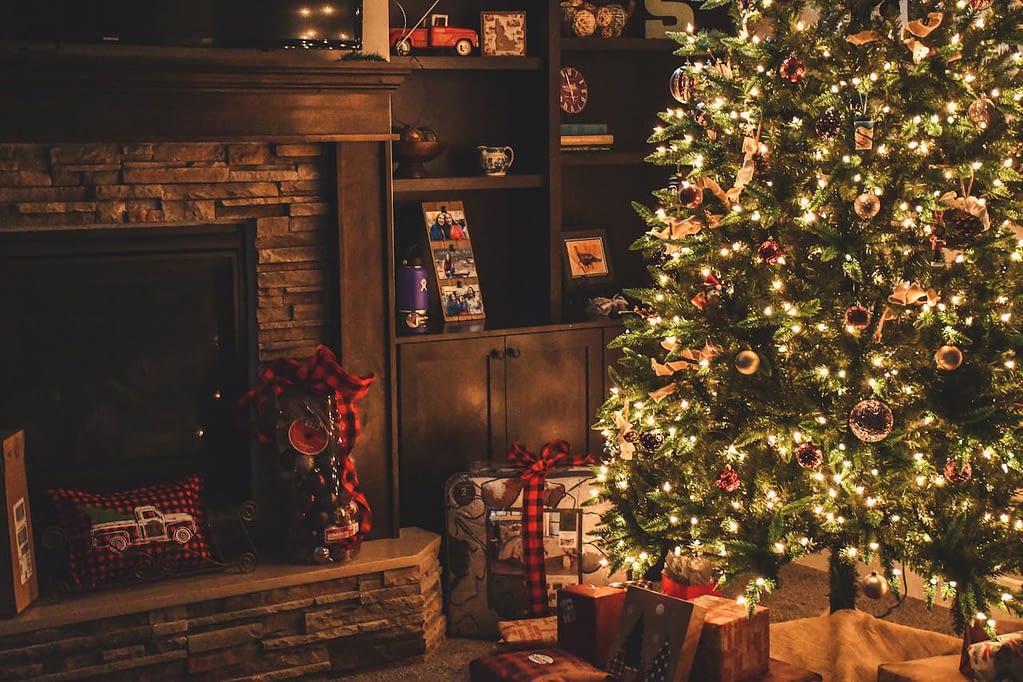
- Spain: Spain is known for its elaborate nativity scenes, often more prominent than Christmas trees. Public squares and streets are beautifully decorated with lights, and many towns have large Christmas markets (mercadillos navideños).
- England: In England, Christmas trees, wreaths, and Christmas lights are central to the decorations. Homes and streets are adorned with fairy lights, and many towns host Christmas light switch-on events and carol concerts.
The New Year and Epiphany Celebrations

- Spain: New Year’s Eve (Nochevieja) is celebrated with the tradition of eating 12 grapes at midnight, one for each stroke of the clock, to bring good luck for the year ahead. The Epiphany parade (Cabalgata de Reyes) on January 5th is an exciting, colourful event. In which, the Three Kings ride through towns, throwing sweets at children.
- England: New Year’s Eve in England is marked by fireworks, parties, and the countdown to midnight, centred around Big Ben in London. New Year’s Day is a quieter affair. Usually spent with family or recovering from celebrations, and marks the start of New Year’s resolutions.
Less Commercialised Festivities

- Spain: Although commercial Christmas elements have grown, Spain still strongly focuses on traditional and religious aspects of the holiday. The emphasis is more on family gatherings, shared meals, and cultural traditions rather than excessive gift-giving.
- England: Christmas in England has a more commercial feel, strongly focusing on shopping, sales, and gift-giving. Festive adverts, Christmas movies, and retail promotions are a big part of the build-up to Christmas Day. This was one of the first things I noticed living in Spain, as there wasn’t a frenzy of Christmas shopping, excessive spending and overcrowded shops.
These differences highlight how Christmas in Spain is a blend of deep-rooted customs, religious celebrations, and unique traditions. In contrast with the more commercial and Santa-centric Christmas commonly seen in England.
Click here to find out more about life in the Mediterranean.


